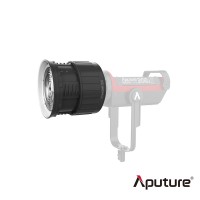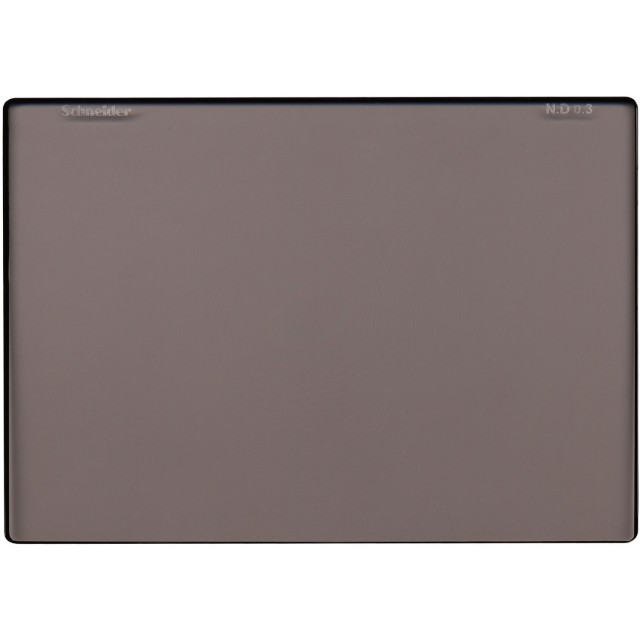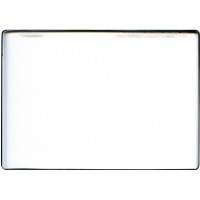
- Search
-
Login
-
0
ComparisonAdd products to compare, then they will appear here and you can compare parameters.
-
0
0 €Nothing in the basket.
Schneider Optics MPTV ND 0.3 4x5,65
The Schneider Neutral Density (ND) 0.3 Filter (4 x 5.65") has several uses and offers the possibility to achieve otherwise unachievable results. They enable the shooter to adjust exposure without affecting color balance. ND filters appear gray and reduce the amount of light reaching the film.
Product description
The Schneider Neutral Density (ND) 0.3 Filter (4 x 5.65") has several uses and offers the possibility to achieve otherwise unachievable results. They enable the shooter to adjust exposure without affecting color balance. ND filters appear gray and reduce the amount of light reaching the film.
Determining which neutral density filter yields ideal results for any given lighting situation takes knowledge, experience and a collection of such filters. Speaking generally, the 2-stop value (ND 0.6) effectively compensates average situations.
Neutral Density Filters Have Four Main Uses
High-Quality Construction
Schneider Quality Control
Neutral Density Factors
- Show all



TVLogic V-Mount-17
This V-Mount Battery Plate from TVLogic enables you to power your compatible monitor339 €on request
Feelworld LUT7 Pro
The LUT7 PRO 7" Ultrabright HDMI Field Monitor with F970 Accessory Mounting Plate336 €on request
Sennheiser BT T100
The BT T100 is a new bluetooth transmitter for use with various wireless components.79 €In stock 2 pcs
Schneider Optics MPTV ND 0.3 4x5,65
The Schneider Neutral Density (ND) 0.3 Filter (4 x 5.65") has several uses and offers389 €14-30 days
Schneider Optics MPTV ND 0.9 4X5,65
Schneider Optics 4x5.65 MPTV RHOdium Full Spectrum Neutral Density Filter - 0.9 (MPTV1091362).389 €In stock 3 pcs
Aputure Fresnel 2x
The Aputure Fresnel 2x is a versatile lens accessory designed to enhance the light143 €Backordered 1 pcs




